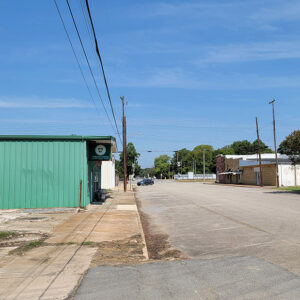 Kensett Street Scene
Kensett Street Scene
Entry Category: White
 Kensett Street Scene
Kensett Street Scene
 Landmark Baptist Church
Landmark Baptist Church
Letona (White County)
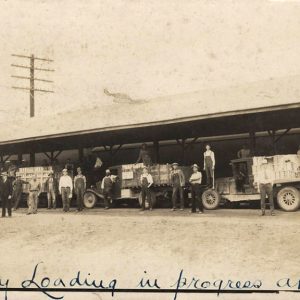 Loading Berries
Loading Berries
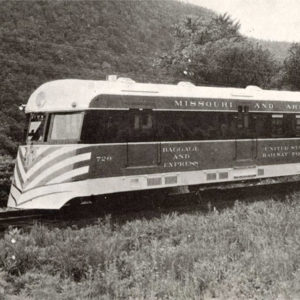 M&NA Train at Kensett
M&NA Train at Kensett
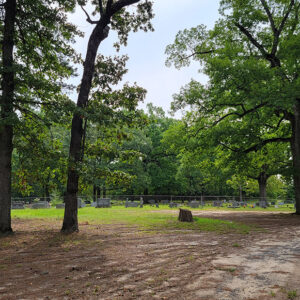 Martin Cemetery
Martin Cemetery
McRae (White County)
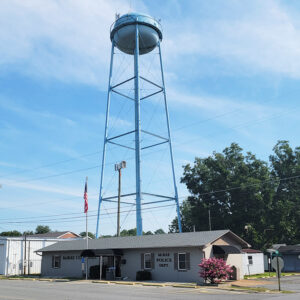 McRae City Hall
McRae City Hall
 McRae City Park
McRae City Park
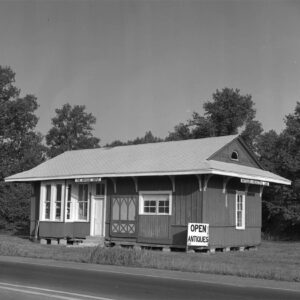 McRae Depot
McRae Depot
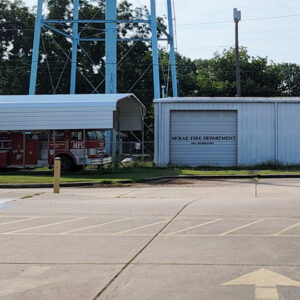 McRae Fire Department
McRae Fire Department
 McRae Jail
McRae Jail
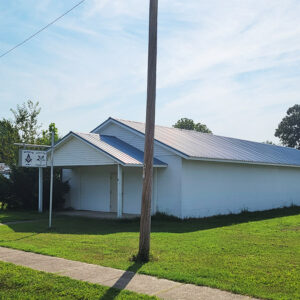 McRae Masonic Lodge
McRae Masonic Lodge
 McRae Mural
McRae Mural
 McRae Post Office
McRae Post Office
 McRae Street Scene
McRae Street Scene
 M&NA Engine at Kensett
M&NA Engine at Kensett
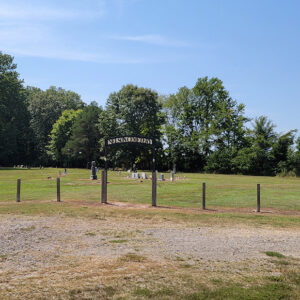 Nelson Cemetery
Nelson Cemetery
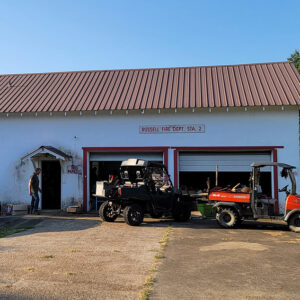 Old Russell Fire Department
Old Russell Fire Department
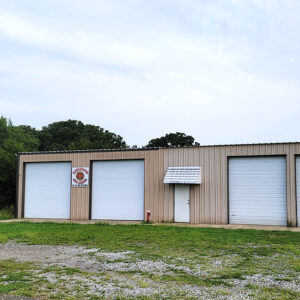 Opal Fire Department
Opal Fire Department
Pangburn (White County)
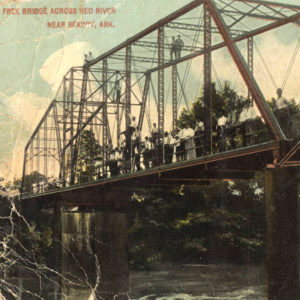 Red River Bridge
Red River Bridge
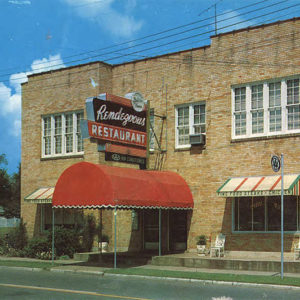 Rendezvous Restaurant
Rendezvous Restaurant
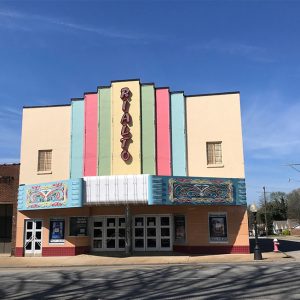 Rialto Theater
Rialto Theater
 Rio Vista Depot
Rio Vista Depot
Romance (White County)
 Romance Cemetery
Romance Cemetery
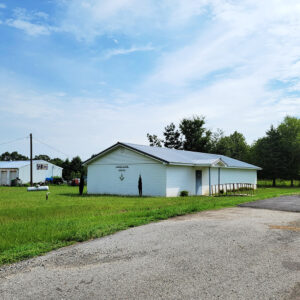 Romance Masons
Romance Masons
 Romance Post Office
Romance Post Office
 Romance Street Scene
Romance Street Scene
Rose Bud (White County)
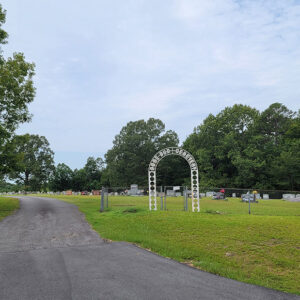 Rose Bud Cemetery
Rose Bud Cemetery
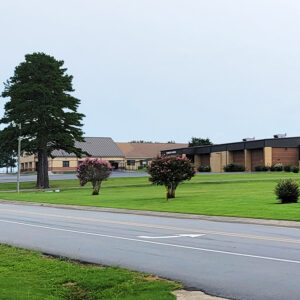 Rose Bud High School
Rose Bud High School
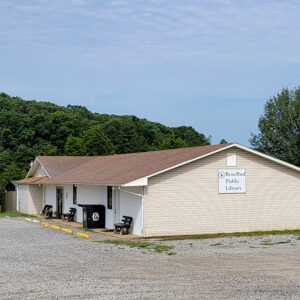 Rose Bud Library
Rose Bud Library
 Rose Bud Post Office
Rose Bud Post Office
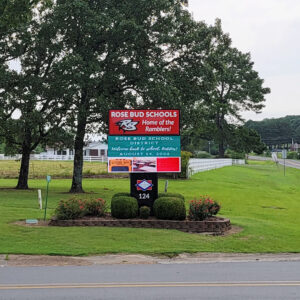 Rose Bud Schools
Rose Bud Schools
Russell (White County)
 Russell Cemetery
Russell Cemetery
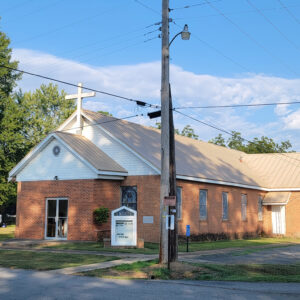 Russell Church
Russell Church
 Russell City Hall
Russell City Hall
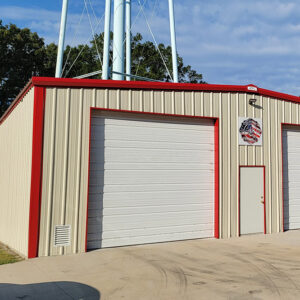 Russell Fire Department
Russell Fire Department
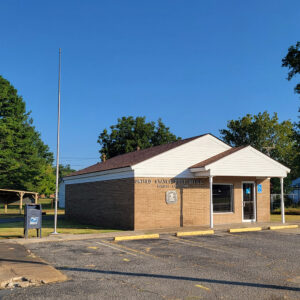 Russell Post Office
Russell Post Office
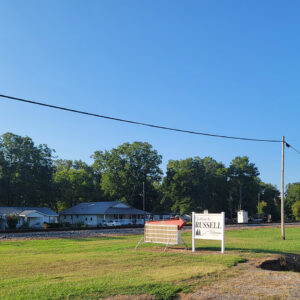 Russell Street Scene
Russell Street Scene
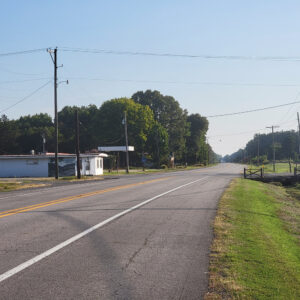 Russell Street Scene
Russell Street Scene
 Russell Student Center
Russell Student Center
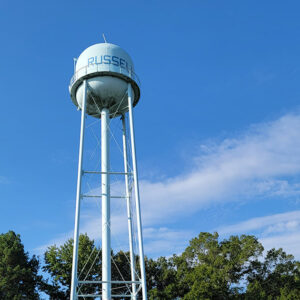 Russell Water Tower
Russell Water Tower
Searcy (White County)
 Searcy Garage and Cafe
Searcy Garage and Cafe
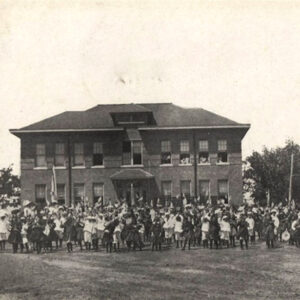 Searcy May Day
Searcy May Day
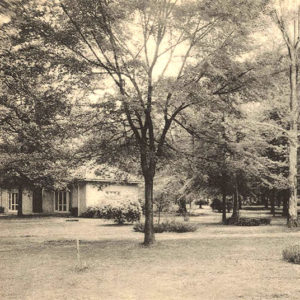 Searcy Park and Library
Searcy Park and Library




